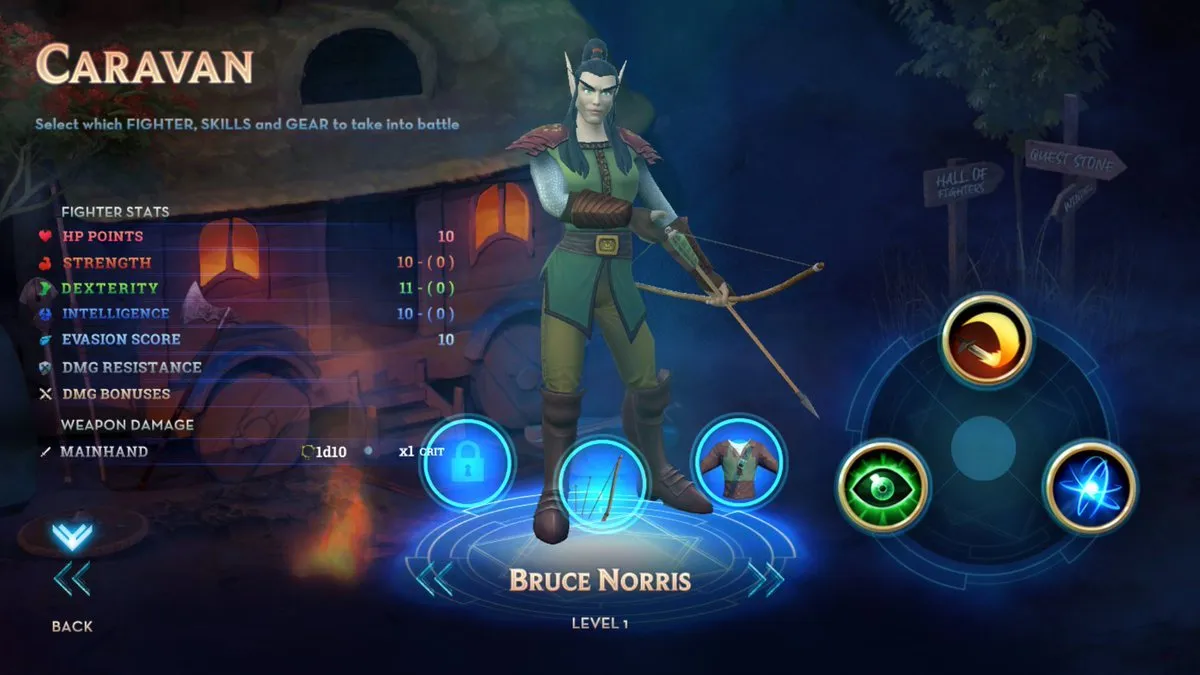
Kronoverse has partnered with esports organization ESL to boost, scale and grow their game CryptoFights. In addition Kronoverse's development platform will benefit from this expertise, and this will in turn benefit other developers as well. Both ESL and Kronoverse believe that blockchain technology adds a new layer of competition to online gaming.
Kronoverse is built on Bitcoin SV and the Enjin blockchain protocol. The expertise provided by ESL will allow them to build a competitive game that has everything that's needed to succeed. CryptoFights is the first game on the Kronoverse platform.
CryptoFights is a skill-based fighting game in which players battle each other. They will use Bitcoin SV to place bets, while the Ethereum-powered Enjin chain takes care of item ownership. Players have their own weapons and gear to dress their characters, allowing them to create a personal fighting style.
Popularity of gambling and betting
Despite the increased attention for blockchain games, it's still gambling and betting that's driving the most revenue among blockchain dapps. Gambling on the EOS, Tron and Ethereum blockchains is good for an average of 11.8 million dollar per day in volume, based on data from DappRadar. This would be 354 million dollar per month, and 4.3 billion dollars per year.
Some blockchain games are adopting gambling elements as well. CryptoFights is one of them. In addition CryptoWars launched its 2.0 version last week, allowing players to put money on their own matches. Both players bet using a small amount of money, and the winner takes all. Another example would be Decentraland, where visitors of certain locations can play blackjack, roulette or slots.
What is Play to Earn?
Play to Earn is a blockchain-powered business model for the games industry that’s closely related to the free-to-play business model. However, the addition of blockchain technology allows for something new: the creation of value. That’s why Play-to-Earn will slowly push away Free-to-play as the leading business model.
Free-to-play games are available for free and allow gamers to play for free. However, constrictions subtly force players to spend money on game. In general the rule is that ten percent of the players generate enough money for developers to make a profit.
Play to Earn games take another approach. Of course game companies can still sell in-game items for money in order to keep their business running. However, in a play-to-earn game players generate value by actually playing the game. Because players own the digital assets in their virtual wallet, they are able to sell these items to other players.
For example, low level players could be providing the resources a higher level player needs to generate a new item. Of course the higher level player could spend his time on getting the resources himself, but he could also just pay for it. In a play-to-earn game the in-game economy has a real world value, and that changes the relationship between the players, and between the players and the game world itself.
Potentially, the game world could provide money to make a living out of it.
Posted from my blog: https://www.nederob.nl/2020/04/24/esl-puts-esports-expertise-in-cryptofights/
